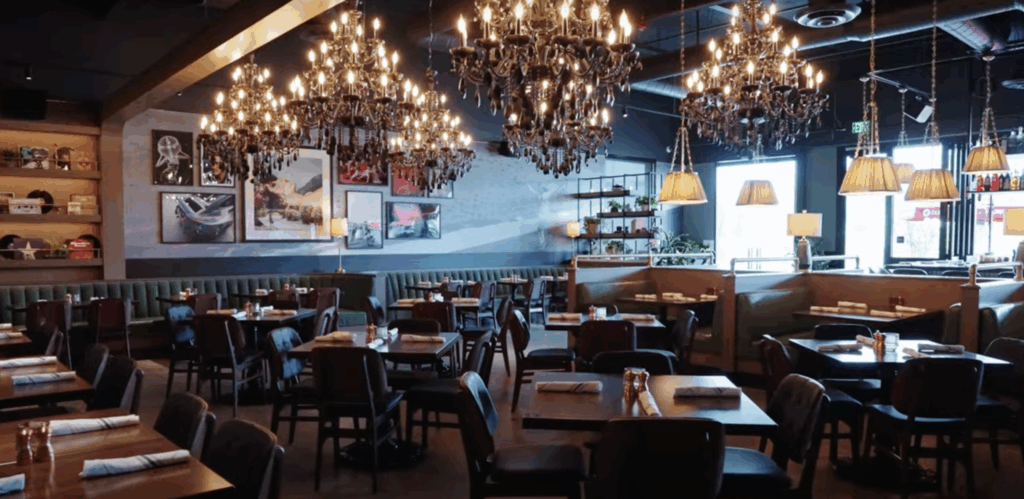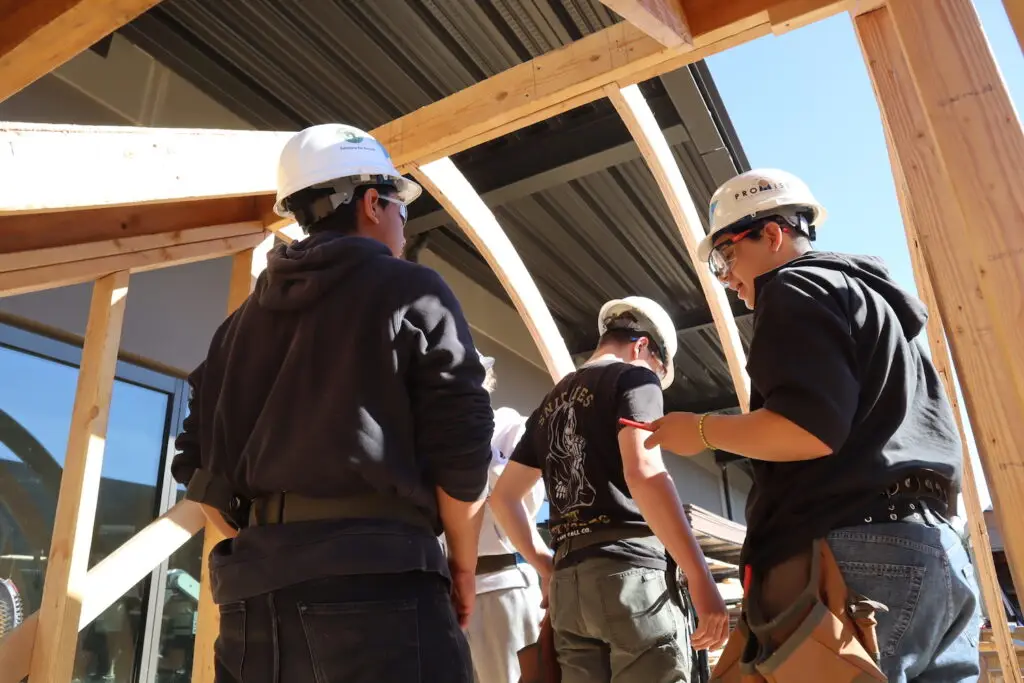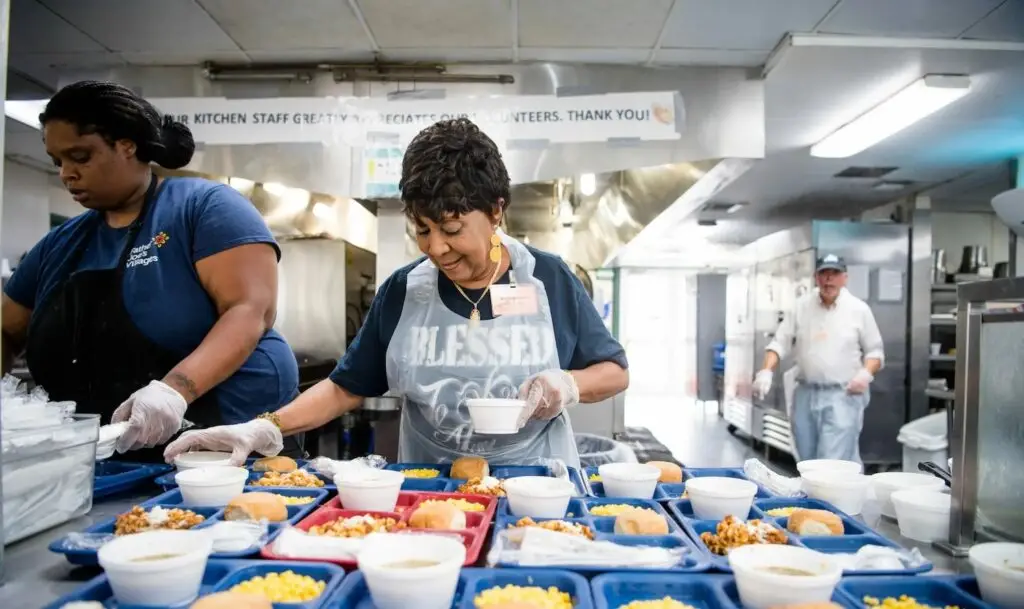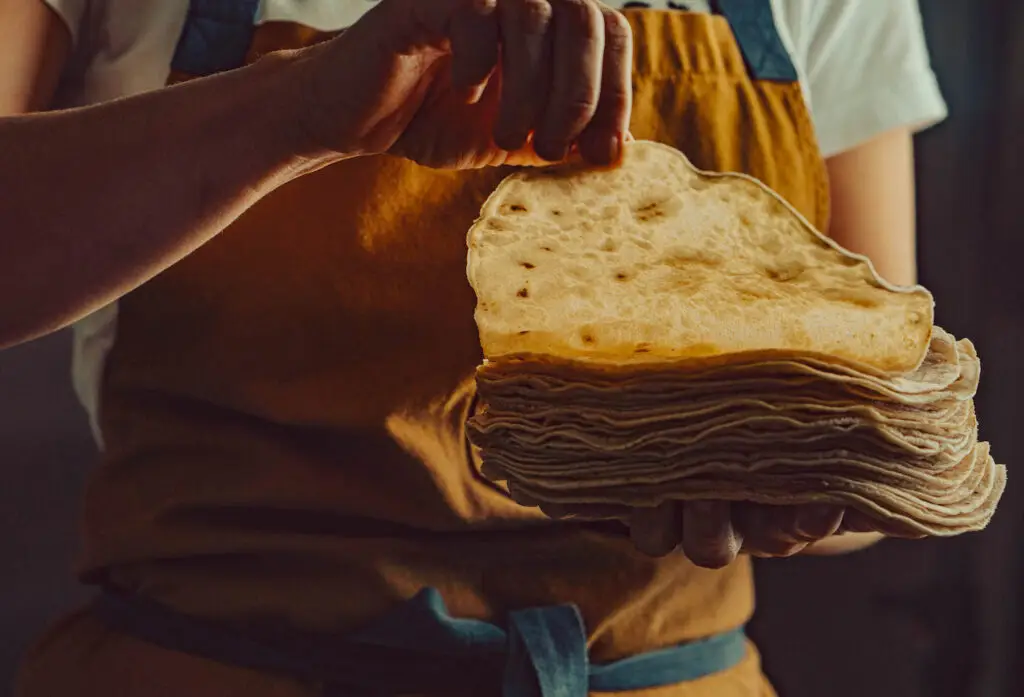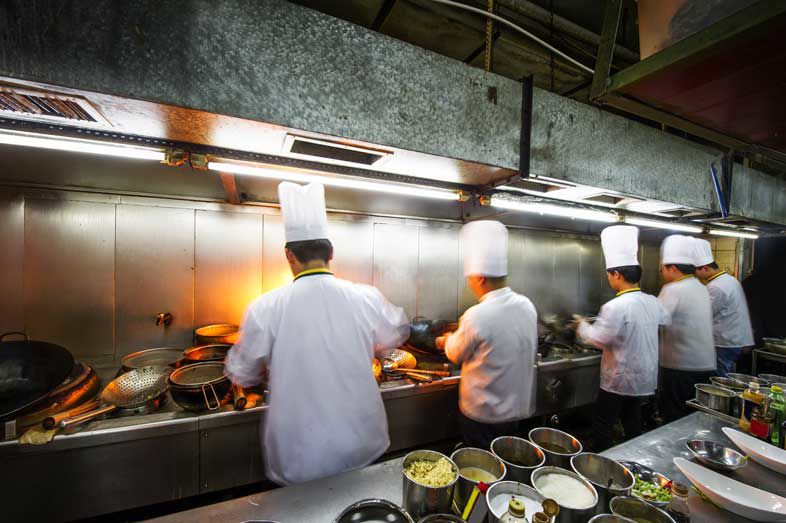Cooking is hard. Just ask any home cook who’s had to scrape off burnt parts of a disaster dish (spatulas and elaborate cursing are the best ways to do this). Restaurant cooking, on the other hand, is brutal. Instead of cooking one meal for your friends or family, you’re cooking 100, 200, up to 1,200 meals a night. Restaurants accomplish this by dividing the staff into a team, each with a specific task (grill station, fry station, prep, seafood, meat, sauces, etc.). It’s the classic French way of treating a kitchen like a military hierarchy.
A young cook used to work her or his way up through the ranks. You start by cutting carrots for weeks, if not months, until they’re all you see when you close your eyes at night. If you manage not to have a soul stroke from the monotony, you move on to sauces, or maybe grilling. You jump from restaurant to restaurant. Finally, years in, you’re elevated to sous chef. Then a couple years later, chef de cuisine. Then chef de cuisine at a better restaurant. You “stage” (intern) at famous places. You glean, you grunt, you toil and learn.
And now that work ethic—the long, slow climb to becoming an expert chef—just isn’t as appealing as it once was.
“I suppose this has something to do with minimum wage increases,” says Andy Harris, owner of Grand Ole BBQ y Asado. “Work your ass off while getting yelled at by temperamental chef, or stand around a parking lot with a security guard badge for the same money.”
Hanis Cavin, chef-owner of Carnitas’ Snack Shack, says San Diego’s high cost of living (ours is the 13th most expensive US city to live in, according to the Economic Policy Institute) also drains professional kitchens: “With cost of living, the demand for higher salaries, it is making it difficult to keep quality cooks.”
The media exaltation of chefs has created a false sense of stardom. Nowadays, kids out of culinary school work at a restaurant for a few months and wonder what’s taking so damn long for their Food Network show to materialize. They want to create ornate food gems for Instagram, not do the boring old monotonous work that keeps a professional kitchen running. What’s so hard about making a “wow” dish? they wonder. Just put a foam on it.
“The cooks want smoke and mirrors over flavor, and they’re getting bored in a quarter of the time that they had to remain in a restaurant when I started,” says Claudette Zepeda-Wilkins, chef-partner of El Jardín. “I remember not even being able to be considered for a spot if I hadn’t given my last restaurant at least a year.”
Jonathan Hale, executive chef of The Prado at Balboa Park, agrees: “It is hard to find young cooks who don’t think they should be the chef without working their way up the ladder, and don’t have short attention spans. I feel fortunate that we have a great crew here to work with every day.”
Burnout is also high. The bar is just so close; it’s right over there. It takes a bit to come down from the adrenaline rush of a dinner service. A couple after-shift pops will help—until tomorrow.
“[It’s hard to find good] cooks that are dedicated to showing up to work on time, and not calling out for whatever reasons,” says Ingrid Funes, executive chef of Cusp Dining and Drinks.
Ryan Johnston at Whisknladle sees a silver lining in the shrinking cook cloud. “We’ve had to spend more time training and developing our back-of-the-house teams,” he says, “which I’m happy to say has worked to our advantage.”
San Diego’s also no longer a second-class restaurant city. Ten years ago, dining options were minimal bordering on laughable. Now a new restaurant seems to open every day. Every once-denigrated neighborhood is on the verge of becoming a hot spot. And more than a few restaurateurs have complained there are simply too many restaurants now.
“In a word, saturation,” says Chris Simmons, F&B director of Green Acre and Farmer & The Seahorse. “The amount of breweries in the county has finally crested, with well-known and established owners shuttering. In the back-of-house of restaurants, we’re faced with a serious shortage of qualified employees, especially cooks. It seems we’ve reached a point where there are more restaurants than there are employees to staff them.”
Trey Foshee, executive chef and partner of George’s at the Cove, echoes that sentiment: “Cooks are a challenge because of the amount of restaurants we have in San Diego now, and dishwashers seem to have dried up all together.”
It could also be a result of new generational thinking. I’m hesitant to join the bandwagon of oldies who claim millennials don’t have a good work ethic. Millennials gave us Instagram, Facebook, and The Honest Company, after all. Millennials are leading some of the most important social changes in American history, whether it’s Black Lives Matter or #MeToo or the DREAM Act. Rather, I’d say the American culture of startups and Kickstarters and social media influencer status has shrunk the timeframe for raising capital, getting ideas off the ground, and achieving wild success. With that expedited timeline for personal glory, Americans have less patience for the time-honored long, slow grind to the top—no matter our age.
“The generation gap, along with wages, has brought a flow of weaker workers that don’t have the same culinary drive we are used to. Back-of-house is not an easy position and it seems to be a job skill that’s no longer sought after,” says Sam Peters, bar manager of George’s Level2.
Something needs to change. The restaurant industry needs to make cooking a more attractive job and even a career. Some restaurateurs suggest the answer lies in filtering some of the tip money from the front of the house (servers, bussers) to the cooks and dishwashers. Or getting rid of service altogether (a counter-service model) so that there’s more money to pay the people cooking the food.
As it stands now, the restaurant cook is the giant panda. The spotted owl. The endangered species. And dinner is tasting lackluster because of it.
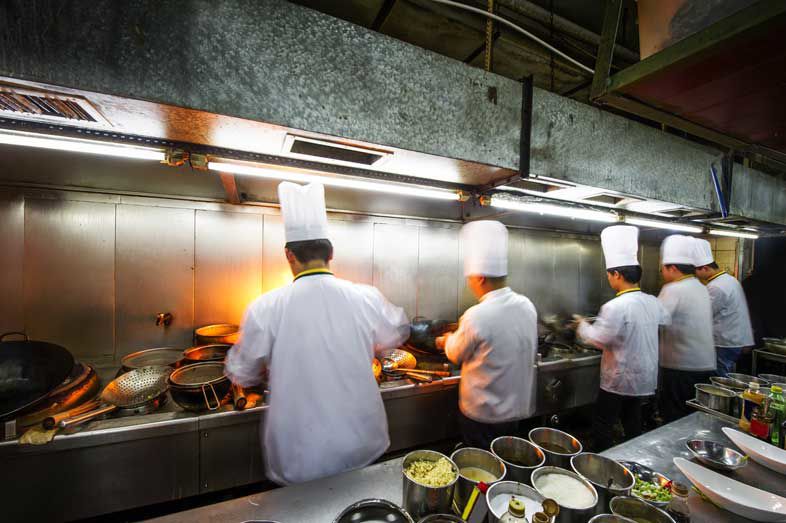
Endangered Species: The Restaurant Cook
